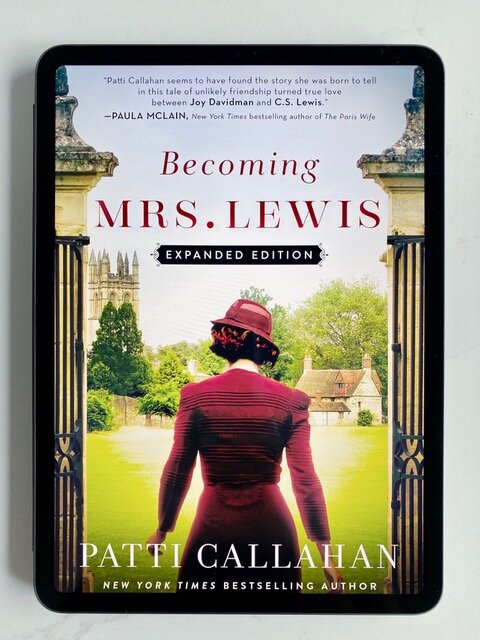By Rebekah Dolmat
Content warning: child sexual abuse, child trafficking, murder
The Corpse Flower, written by Swedish author Anne Mette Hancock, is the first in the Danish crime series titled Kaldan og Scäfer (otherwise known as the Kaldan and Scháfer mysteries). Hancock’s books can currently be found in their original language, with The Corpse Flower being the first one translated into English. The second book in the series, The Collector, will be translated into English and published by Crooked Lane Books later this year, with the rest of the series likely to follow.
The Corpse Flower follows journalist Heloise Kaldan and homicide detective Erik Scháfer as they try to locate a missing woman named Anna Kiel. Anna is wanted in connection with the death of a young lawyer three years prior and has not been seen by anyone since fleeing from the crime scene covered in blood. When Heloise—who is in the midst of trying to keep her job after a once-trusted source was caught lying—receives the first in a series of cryptic letters from Anna, she realizes that this may be the story she needs to salvage her career. Detective Scháfer enters the scene when the lead reporter who wrote about Anna Kiel in connection to the dead lawyer is found murdered in their apartment. As the letters keep coming and the mystery of Anna continues to evolve, Heloise and Scháfer work to uncover the truth. However, in order for Heloise to tell Anna’s story, she must first revisit the darkest places of her own past. What ensues is a very dark and disturbing revenge story that will have readers holding on to the edge of their seats.
It’s safe to say that I LOVED this book. It’s a slow-burn mystery that features all of the elements that I tend to love in a good crime novel—a unique, compelling, and unpredictable plot that is told through multiple alternating points of view, with dark and disturbing undertones, and made up of complex characters that you can’t seem to get out of your head. Each point of view—Heloise who is trying to save her reputation, Detective Scháfer who is now in charge of the unsolved murder, and Anna Kiel who is running from her scarred and bloody past—offers a much-needed lens and perspective into the overall story.
What helps make this book unique, when compared to other (Nordic) noir crime novels, is that while there is a detective in the story, the real investigating is being done by a journalist, rather than by the detective or criminal investigator. It’s a different angle that I’ve not seen very often in my own personal reading, but something that I really appreciated because it forces the reader to ask different types of questions while reading and uncovering the mystery at hand.
In essence, The Corpse Flower is a dark and complex book that packs a punch with its completely unpredictable plot. Readers will be kept wondering how the story will unfold. I highly recommend to fans of the Nordic noir genre, as well as to those who like their crime books on the darker side.
Thank you to Penguin Random House Canada for the complimentary review copy.










